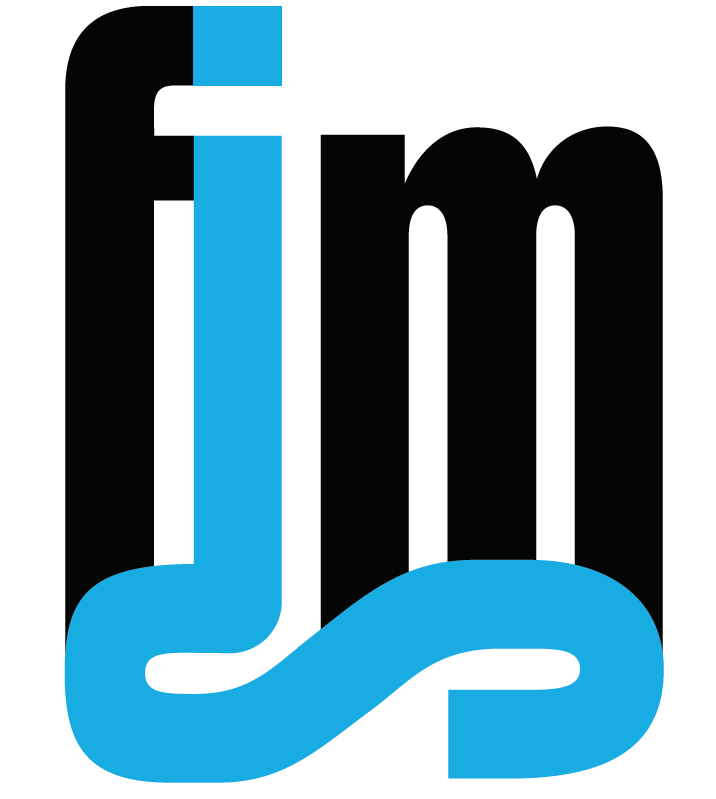By Deborah Duroshla, Michelle Lam, and Linda Zhang,
Content Warning: This paper discusses suicide.
Get support from a local crisis centre. There is also Talk Suicide Canada (1-833-456-4566), Kids Help Phone, the Hope for Wellness Help Line, and 1 866 APPELLE (277-3553) (Quebec residents), that all offer 24/7 support.

Description of the Case
In late April 2022, CTV News spoke with a 31-year-old Toronto woman who identifies herself as Denise. Denise uses a wheelchair, faces potentially debilitating Multiple Chemical Sensitivities (MCS), and endures a number of chronic illnesses. According to Denise, she has applied to the Medical Assistance in Dying (MAiD) program “essentially…because of abject poverty.”1 Her only income source is the Ontario’s Disability Support Program (ODSP), which provides $1,169 a month, plus $50 for a special diet. However, this is not enough to cover the cost of renting an apartment that is both wheelchair-accessible and has cleaner air.
Critical Analysis of Ethical Issues Involved
Intersectionality is defined by scholar Kimberlé Crenshaw as an analytical framework for understanding how different aspects of one’s identity contribute to the experience of oppression or privilege.2
Baril uses this term to describe the oppression that people face as a result of their different identities and experiences, including race, gender, sexuality, abledness and suicidal ideation. Using Baril’s definition to analyze the journalism case study, one ethical flaw is the lack of consideration for Denise’s class, abledness and suicidality.
Journalism should play an important role in examining and presenting intersectionality. Ideals such as accuracy, fairness and transparency are prioritized in journalism, as can be seen in this case study, but following these ideals may lead to other ethical dilemmas. The principle of accuracy comes into play when reporting on the issue fully. If one is to be inaccurate, they might focus on one aspect, and paint Denise as applying to MAiD because she is suicidal, wheelchair-bound, or facing financial hardship.
During our class discussion, a classmate brought up Dr. Riina Bray’s use of the phrase “taking the easy way out” when describing Denise’s decision to enroll in MAiD. This phrase is inaccurate and unfair because it shifts the blame onto Denise, as if she was too weak to withstand the difficulties she faced.
Also with regards to fairness, protecting Denise’s identity as a journalist falls under the right to privacy aspect. The Canadian Association of Journalists (CAJ) Ethics Advisory Committee writes that for fairness: “each situation should be judged in light of common sense, humanity and relevance,” and that for transparency: “we may use unnamed sources when there is a clear and pressing reason to protect anonymity, the material gained from the confidential source is of strong public interest, and there is no other reasonable way to obtain the information.”3
The journalist does not show Denise’s face and only reveals parts of her identity that are pertinent to the story, which follows the CAJ guidelines. However, the CAJ Ethics Advisory Committee also writes that when identity is withheld “we explain the need for anonymity.”4 This explanation was not given in either the video or the article—and while it may seem straightforward, it is markedly not in line with best practice.
Discussion Questions
- What ethical responsibilities do journalists need to fulfill when reporting about suicide?
- How should a journalist engage with the ethics of care when reporting about suicide?
Endnotes
1 Favaro, Avis. “Woman with Disabilities Nears Medically Assisted Death after Futile Bid for Affordable Housing.” CTV News. Bell Media, April 30, 2022. https://www.ctvnews.ca/health/woman-with-disabilities-nears-medically-assisted-death-after-futile-bid-for-affordable-housing-1.5882202?taid=626d24c20e82b80001a2cd2a.
2 Crenshaw, Kimberley. “Demarginalizing the intersection of race and sex: A Black feminist critique of antidiscrimination doctrine, feminist theory, and antiracist politics”. The University of Chicago Legal Forum, 1989 (1), 139-167. Chicago, IL (1989).
3 CAJ Ethics Advisory Committee. “Ethics Guidelines.” The Canadian Association of Journalists, 1 June 2011.
4 CAJ Ethics Advisory Committee, “Ethics Guidelines.”
